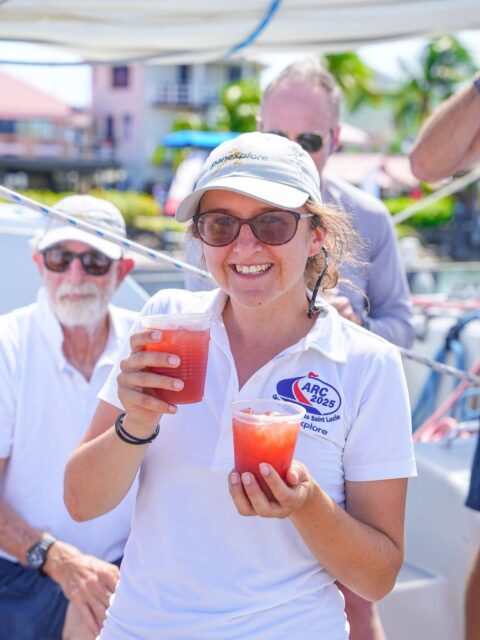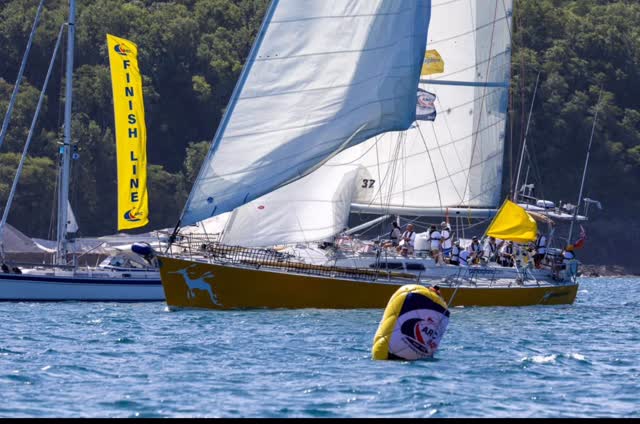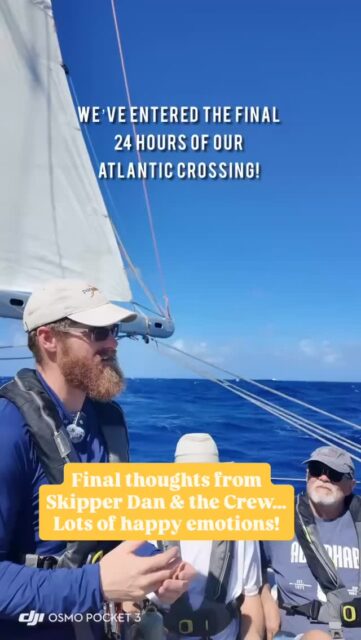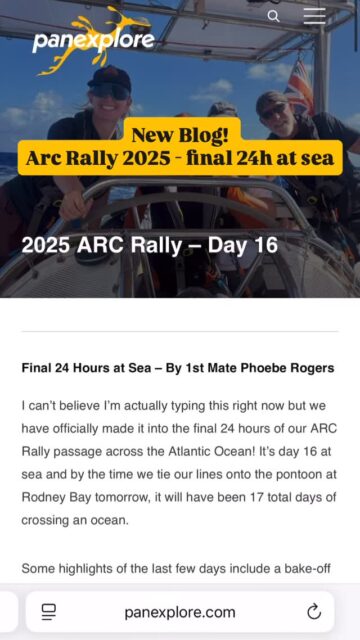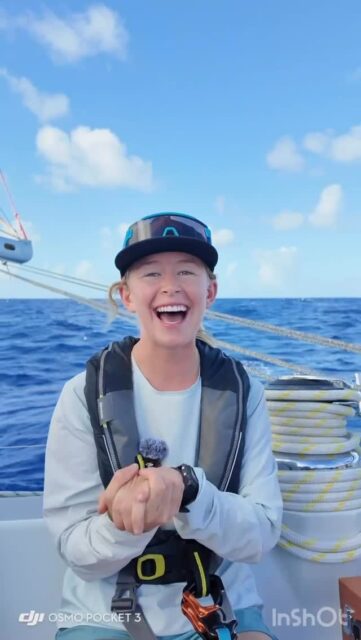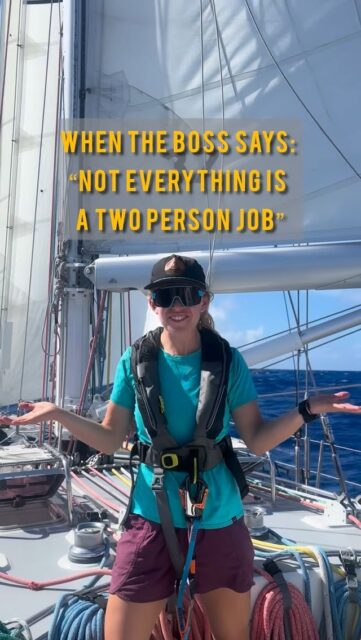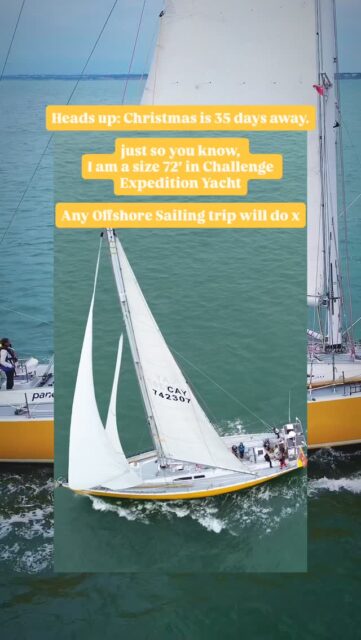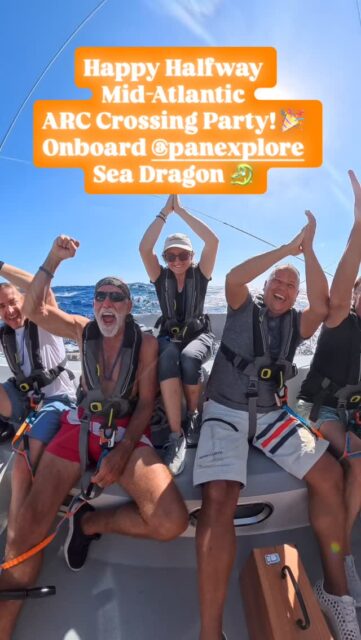Adventurers sail through wave of tsunami debris
Team track tsunami debris from Japan’s disaster to gain insight into how plastic pollution travels across the world’s oceans
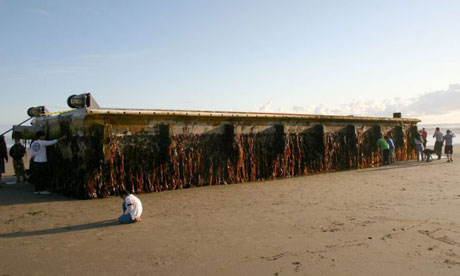
The Pacific Ocean is a pretty darned big place. The hull of the 72′ former racing yacht, Sea Dragon, not so much, especially when crammed full of research equipment and 14 full-sized human-type people not necessarily accustomed to the rigors of the open ocean. But that’s just what the intrepid team of oceanic avengers from the 5Gyres Institute are up against as they race across the Pacific on a collision course with the great field of debris washed away from Japan by last year’s devastating Tohoku earthquake and tsunami.
Scientist, adventurer, and Gulf War veteran Marcus Eriksen previously floated the length of the Mississippi on a raft made of plastic bottles and sailed from California to Hawaii on a boat made of trash to raise awareness of the pollution problem facing us all. What he saw changed his life. “I couldn’t believe how much waste was littering our coast lines,” he says.
Eriksen and his wife, Anna Cummins, co-founded the 5Gyres Institute in 2009 to study the Earth’s 5 great subtropical gyres – enormous, slow-moving whirlpools on the ocean’s surface – and raise awareness of the horrifying levels of garbage floating within. These great pelagic depressions (I think I just named Jimmy Buffet’s next album) serve as the Earth’s mighty bellybuttons, collecting all sorts of unwanted refuse, the vast bulk of it, plastic.
The most infamous of these gyres holds The Great Pacific Garbage Patch, and while the notion of an island of garbage a thousand miles across is an exaggeration, what is actually out there might be far more insidious. “Those 5 gyres make up about 21 percent of the planet’s surface, and they are covered in this thin confetti of plastic,” says Eriksen, who has trolled for trash across the high seas.
This confetti, made of particles the size of fish-food, is often coated with a thin layer of industrial chemicals and petroleum, creating little poison pills that fish in turn eat and absorb. But very little is known about how this stuff travels, and that’s where the tsunami debris comes in.
Some of the debris has already made landfall in North America, most notably a Harley Davidson discovered on a Canadian beach earlier this year (perhaps the first time a Harley has made it over 4,000 miles without breaking down) and shockingly, a 66 foot-long concrete dock covered in millions of invasive organisms that washed up on the Oregon coast.
But according to Eriksen, this debris is only the vanguard. “The stuff washing up in British Columbia right now, that is the stuff affected by wind,” he says, speaking via satellite phone, noting that anything peeking above the surface of the Ocean acts as a sail, speeding its journey east. “But what’s subsurface, what’s beneath the waves, hasn’t made its way across yet.”
For an organization dedicated to studying the effects of plastic pollution in the sea, last year’s catastrophe provided a unique opportunity. “You don’t often get a chance to take an entire city, put it in the ocean, and see what happens to all the stuff,” Eriksen says. “That’s what happened here.”
Eriksen and his team of scientists, journalists, and environmentalists sailed from Yokahama Japan on June 10. They sailed half way across the ocean until finding their first piece of tsunami debris on June 17, then turned south to travel the length of the debris field. “What’s left behind is going to be plastics and anything that’s trapping air, say lightbulbs, car tires still on the rim, insulated refrigerators, boat hulls,” Eriksen says.
Eriksen says the stuff should help answer some questions: “What’s the impact on marine life? How much is out there, and what kind of pollutants are sticking to the materials that are left behind? Are there going to be mountains of trash washing up along the Hawaiian beaches a year from now?”
In the meantime, Dr. Eriksen and his shipmates are bunking a foot from their boat-mates, spending a goodly portion of their days heaving along with their storm-tossed decks, and all in the name of a cleaner, plastic-free sea. Follow the adventures of these ocean adventurers at the fantastic 5Gyres blog.
• Jim Meyer is a Baltimore-based stand-up comedian, actor, and retired roller derby announcer, now working on a masters degree in writing. Follow his exploits here.

